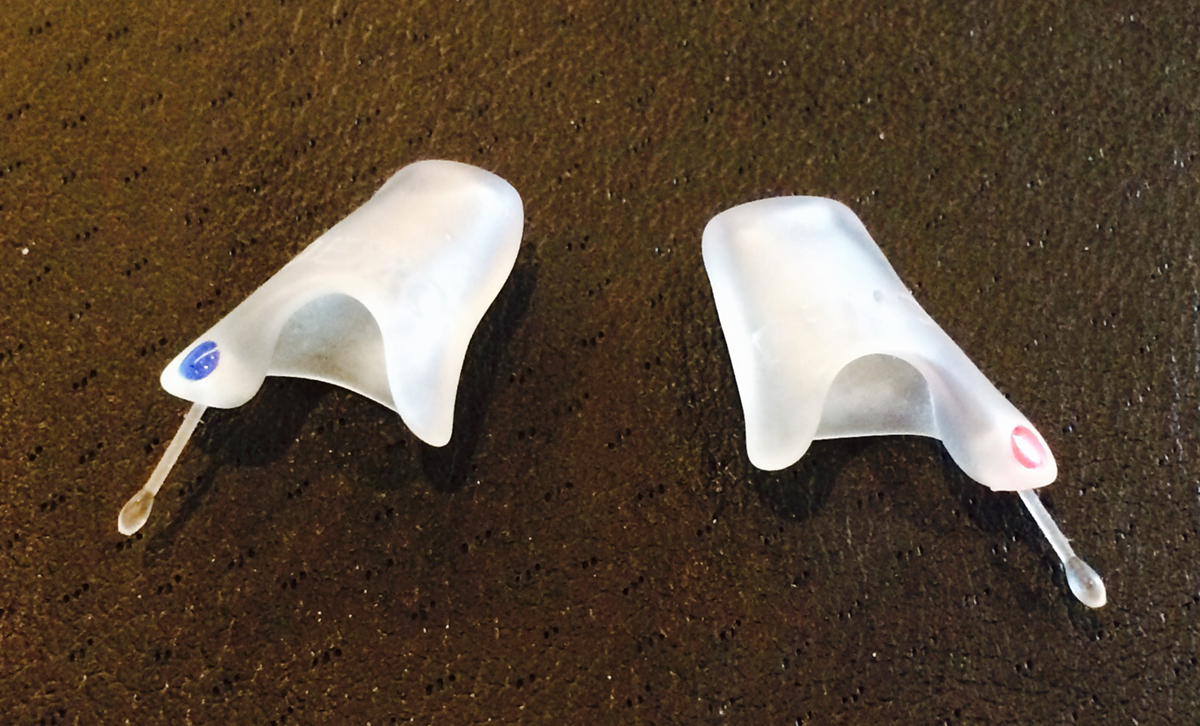
What exactly is TMJ disorder and why does it occur?
TMJ is an acronym that refers to temporomandibular joint, the joint that is responsible for activities such as talking, yawning and chewing, and that is located at both sides of the head, approximately in the area between the lower jawbone and the skull. TMJ disorder refers to some kind of the disorder of this joint, and the fact is that disorders of this kind are usually not serious unless the symptoms are neglected, since in such cases, they tend to worsen so much that the pain is unbearable. The main causes for problems with this joint include:
the erosion of the disk or its movement out of the proper alignment,arthritis, which may damage the cartilage of the joint,damage the joint due to the blow, orclenching or grinding the teeth, or similar activities that lead to overwork of the muscle that stabilizes the joint.There are also cases in which the real cause of TMJ disorder is not really clear, and, when it comes to the factors the presence of which makes people more prone to this condition, among the most common are jaw deformities, diseases such as, rheumatoid arthritis, sleep disorders, fibromyalgia. What should also be mentioned is that women are somewhat more susceptible to TMJ disorder, as well as people between 30 and 50.
What are the main symptoms of TMJ disorder?
As for the signs that might indicate TMJ disorder, they can all be divided into primary and secondary, primary being earache, difficulty in opening or closing the mouth, and various signs that follow this activity. Secondary problems include pain, ache or tenderness of the jaw, chin, ears, eye, tooth, throat, neck and shoulders, as well as problems with vision or hearing, or speech, problems while chewing (even if only manifested as discomfort), uneven bite, mobility of the tooth, or even loss of it, severe sickness.
Can TMJ disorder be treated and how?
First of all, this condition can be diagnosed by the general practitioner, or by the dentist, and it is done with the help of the X-rays, CT or MRI scan. The condition can be treated if necessary, but in some cases it disappears on its own. Depending on the cause, different cases will require different methods of treatment. In some, medications such as corticosteroids, muscle relaxants, or even tricyclic antidepressants will be enough, while some will require the use of bite guard that will prevent grinding teeth or meshing them together. Serious cases will require corrective dental treatment, surgery in which the joint will be repaired or replaced, or the procedure called arthrocentesis.


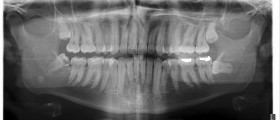
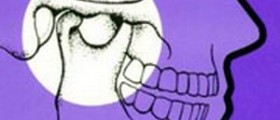
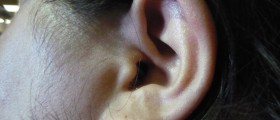




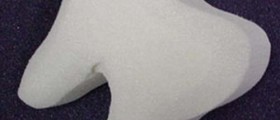
-Arthritis_f_280x120.jpg)






Your thoughts on this
Loading...